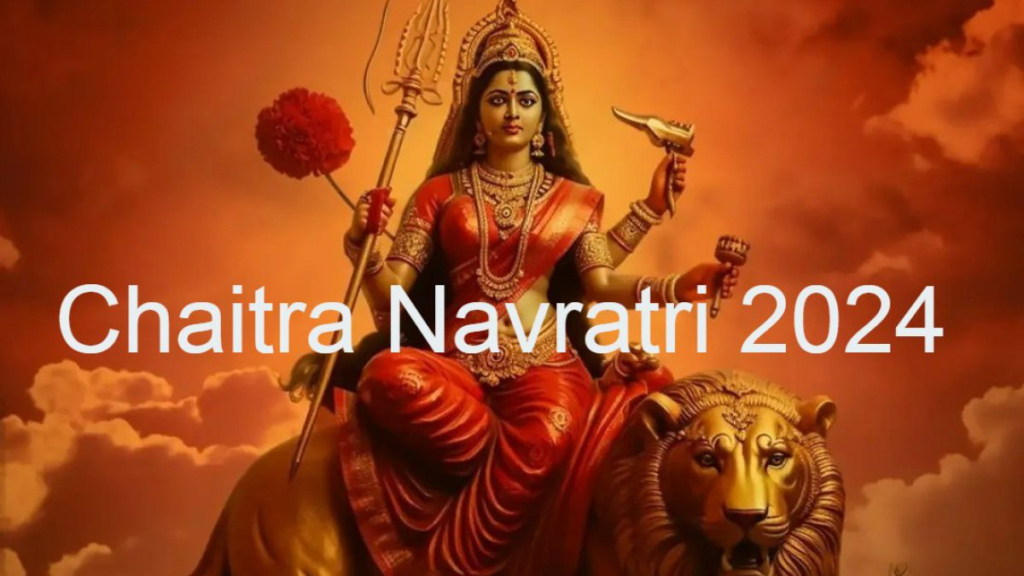
Chaitra Navratri is not just a time of devotion but also a beautiful spiritual reset for the mind and body. As we celebrate the nine forms of Goddess Durga during this auspicious time, fasting becomes a sacred ritual rooted in discipline, cleansing, and simplicity. But that doesn’t mean your plate has to be boring! This Navratri, nourish your body and soul with sattvik ingredients, mindful eating, and vibrant vrat-friendly recipes.
Let’s walk you through the essentials of Chaitra Navratri fasting and some wholesome, tasty dishes you can prepare without compromising on taste or health.
Table of Contents
- Understanding Chaitra Navratri
- Why Do We Fast During Navratri?
- Fasting Rules for Chaitra Navratri
- Ingredients Allowed During Navratri Fasting
- Ingredients to Avoid During Navratri Fasting
- Healthy Vrat Recipes to Try
- Tips to Stay Energetic During Navratri Fasting
- Final Thoughts
Understanding Chaitra Navratri
Chaitra Navratri marks the beginning of the Hindu New Year in many parts of India, especially in North India. Celebrated in the lunar month of Chaitra (March–April), it is dedicated to the nine avatars of Maa Durga. Each day is associated with a different goddess and color, making it spiritually vibrant and culturally rich.
Why Do We Fast During Navratri?
Fasting during Navratri has both spiritual and scientific significance. Spiritually, it’s a form of self-purification and discipline. Scientifically, it aligns with seasonal changes, helping the body detox as we transition from winter to summer. Fasting helps in improving digestion, boosting immunity, and resetting your food patterns.
Fasting Rules for Chaitra Navratri
Fasting during Navratri follows certain guidelines rooted in ancient Ayurvedic and yogic traditions:
- Eat sattvik food: Avoid onion, garlic, and grains. Focus on clean, pure, and light food.
- Cook in rock salt (sendha namak): It replaces regular salt and aids digestion.
- Avoid refined sugar: Use jaggery or natural sweeteners like honey or dates.
- Stay hydrated: Drink coconut water, buttermilk, and plenty of water.
- Practice restraint: The fast isn’t just for the body but for calming the mind.
Ingredients Allowed During Navratri Fasting
- Grains/Substitutes: Samak rice (barnyard millet), Singhara atta (water chestnut flour), Kuttu atta (buckwheat flour)
- Flours: Rajgira atta (amaranth), Sabudana (tapioca pearls)
- Vegetables: Potatoes, sweet potatoes, arbi, bottle gourd, pumpkin, cucumber
- Dairy: Milk, curd, paneer, ghee
- Fruits: All fresh fruits
- Spices: Cumin, black pepper, green chili, ginger
- Others: Sendha namak, jaggery, dry fruits, peanuts
Ingredients to Avoid During Navratri Fasting
- Common salt
- Grains (rice, wheat, maida)
- Pulses, legumes
- Onion and garlic
- Packaged or processed food
- Non-vegetarian food and alcohol
Healthy Vrat Recipes to Try
1. Samak Rice Khichdi
Why it’s great: Light, gluten-free, and easy on the stomach.
Ingredients: Samak rice, peanuts, potatoes, cumin, ghee, green chili.
Quick tip: Soak samak for 30 minutes for faster cooking.
2. Kuttu Cheela (Buckwheat Pancake)
Why it’s great: High in fiber, protein-rich, and filling.
Ingredients: Kuttu atta, grated bottle gourd, sendha namak, cumin.
Quick tip: Cook on a non-stick pan with minimal ghee for a crisp texture.
3. Aloo Paneer Tikki
Why it’s great: A perfect evening snack that’s also protein-packed.
Ingredients: Boiled potatoes, crumbled paneer, coriander, green chilies, sendha namak.
Quick tip: Shallow fry or air fry for a healthier version.
4. Lauki Raita (Bottle Gourd Yogurt Dip)
Why it’s great: Cooling, light, and supports digestion during fasts.
Ingredients: Grated lauki, whisked curd, cumin powder, black pepper.
Quick tip: Chill before serving for a refreshing flavor.
5. Sweet Potato Chaat
Why it’s great: Rich in fiber, naturally sweet, and full of energy.
Ingredients: Boiled sweet potatoes, lemon juice, green chilies, rock salt, roasted peanuts.
Quick tip: Add a handful of pomegranate for a juicy twist.
Tips to Stay Energetic During Navratri Fasting
- Break your fast slowly: Start with fruits or light meals.
- Eat small, frequent meals: Keeps energy levels stable.
- Stay hydrated: Herbal teas and coconut water are great options.
- Avoid deep-fried food: Choose steaming, roasting, or sautéing instead.
- Get enough rest: The body needs time to adjust to dietary changes.
Final Thoughts
Fasting for Chaitra Navratri is more than a ritual—it’s a soulful journey that allows you to reset, realign, and reconnect. With the right knowledge and preparation, you can make your fast nourishing, flavorful, and deeply fulfilling.
Remember, vrat food doesn’t have to be dull. With smart ingredient swaps and mindful cooking, your Navratri thali can be a celebration in itself.

